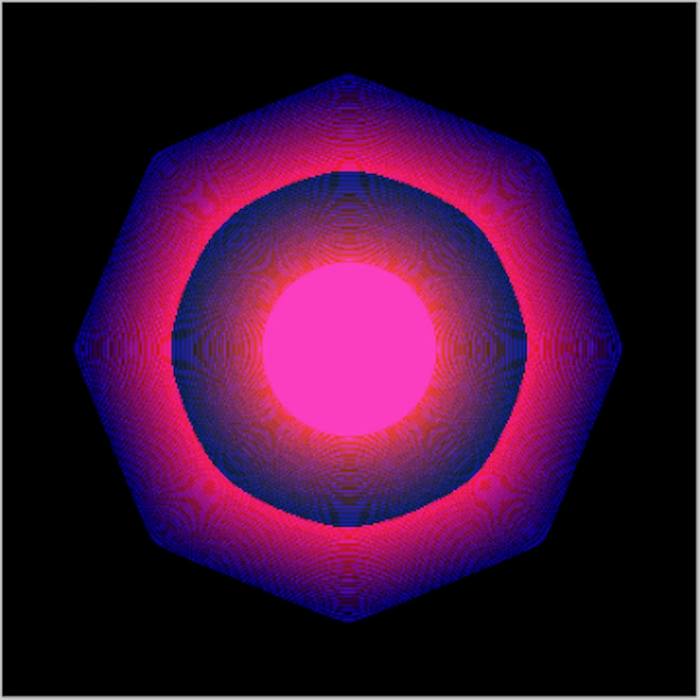How London became a crypto-art capital
One of the most creative disruptions accelerated by the pandemic has been the explosion of interest in crypto art, or art turned into tokens on the blockchain, both as an asset class and as a that global cultural trend. The former can be attributed to the cryptocurrency boom, the latter to a year of isolation, making the digital frame almost our default experience of pictures. NFTs, or non-fungible tokens, are the digital collectibles that resulted from this change; they can be linked to works of art, banknotes and other real world assets.
Even though this world is digital, geography still matters – and London has been at the forefront. Its role is less that of a place of exchange – the majority of NFT marketplaces are hosted from New York or Silicon Valley – than that of a motor of cultural creation, validation and innovation, alongside cities like Berlin. Despite the recent exodus of labor through the wider economy, London still benefits from the wealth, global connections and lack of oppressive institutions that have fueled its contemporary art scenes, technology and media since the 1990s.
Robert Alice, a London-based artist and curator, collaborated with Sotheby’s last June on “Natively Digital,†an NFT auction that combined “old masters†of the stage such as Simon Denny and Anna Ridler with artists emerging crypto such as Fvckrender and Crazy Dog Jones. For Alice, “London has a long-standing support and curatorial interest in institutional and local digital arts programs such as Arebyte, The Barbican and 180 The Strand. These spaces, along with the growing presence of traditional crypto companies in London, have led to a diverse presence of artists, collectors and technologists that places London at the forefront of the art of cryptography.
The exhibition “Software for Less” by Ben Grosser in Arebyte, a gallery that works with immersive or multimedia installations in physical and digital spaces
Invention thrives in the shadow of necessity, says Rebecca Edwards, curator at Arebyte, a gallery that works with immersive or multimedia installations in physical and digital spaces. It is growing, she says, “in part because of recent cuts to art and culture in general. Artists are turning to other ways to finance, sell, and create art, which undoubtedly includes cryptocurrency, NFTs, and blockchain. For Arebyte founder Nimrod Vardi, it is precisely London’s unfinished technological and artistic landscape “that gives space to small organizations that are smoother and quicker to respond”.
So far, the city has relied on an eclectic mix of early adopters from across the city: from the Annka Kultys Gallery in east London to Gazelli Art House in Mayfair to Furtherfield in north the city.
The Decentralized Arts Lab (Decal), led by Furtherfield, embodies the success of lighter, community-oriented organizations in defending blockchain as a more progressive ecosystem. Its director, Ruth Catlow, believes that Awardfield paved the way for critical and creative experimentation with network technologies through her 2017 publication, Artists Re: Thinking about blockchain, and its DAOWO (Decentralized Autonomous Organization with Others) initiative, which “seeks to produce a commons for the arts in the age of networksâ€. Catlow says: “This is then supercharged by London’s status as a financial center and its rich ties to the artistic, technical and activist communities of the Berlin scene. “

“Monday Morning” by Lethabo Huma (2021) at Unit London
For Bernadine Bröcker Wieder, whose company Vastari co-organized the first Christie’s Art + Tech Summit in 2018, developments are still largely limited to the private sector. “While the Serpentine’s R&D; platform has shown very important thought leadership,†she says, “traditional museum institutions have not been particularly active in the crypto art conversation.†That has started to change, however, with the British Museum now selling NFTs of more than 200 works by Japanese artist Hokusai to coincide with his new exhibition. Hokusai: The Big Picture Book of Everything.
London’s galleries and auction houses were also quick. Christie’s is currently offering five works by Nigerian artist Osinachi as part of a collaboration with African Contemporary Art Fair 1-54, and Unit London Gallery has just launched the Institute as “the first NFT led by the art world â€. . . platform â€, aimed at bridging the gap between crypto art and the“ legacy â€market. Its inaugural exhibition, NFTism: Don’t be afraid to try, curated by Kenny Schachter, was hosted in Unit’s Covent Garden and the virtual world of the “Metaverse”, featuring work by Seth Armstrong, Yuma Yanagisawa and IX Shells, NFT’s best-selling female artist.
For Unit co-founder Joe Kennedy, “bringing works into the physical space of the gallery is essential to demystifying DTV and shifting the conversation from sales and commerce to the art form itself.”

“Quantum” by Kevin McCoy, from NFT’s “Natively Digital” auction at Sotheby’s
NFT sales solve traditional art world’s problems of provenance, ownership and record keeping. Verisart is the first company to certify art and collectibles on the blockchain, recognizing the importance of reliable provenance and transparent registration of ownership to the NFT as a tradable commodity. Its co-founder and managing director, Robert Norton, formerly of Saatchi Art, sees London as a cultural capital: the technology, fashion and music that are so essential to generate interest in NFTs.
Whether the Institute, Verisart and others can break down the firewall preserving the old order of the art world is unclear. What is beyond doubt is the growing trend towards digital collectibles in an age of dwindling physical resources.